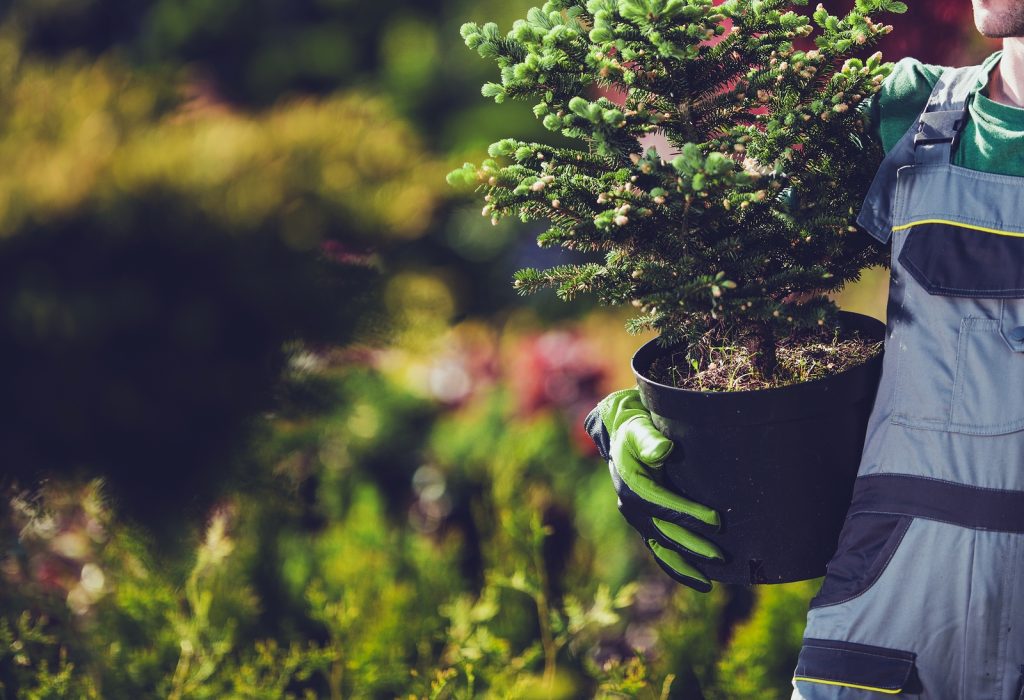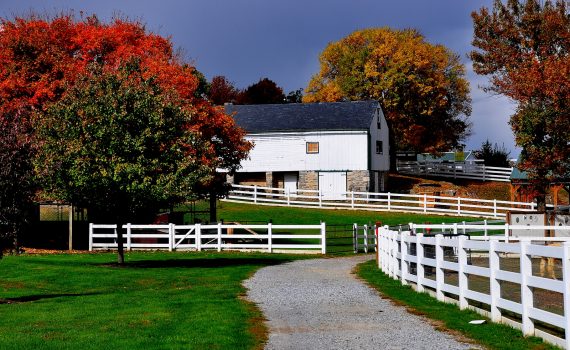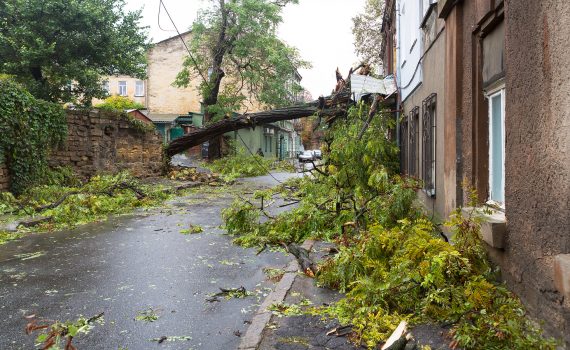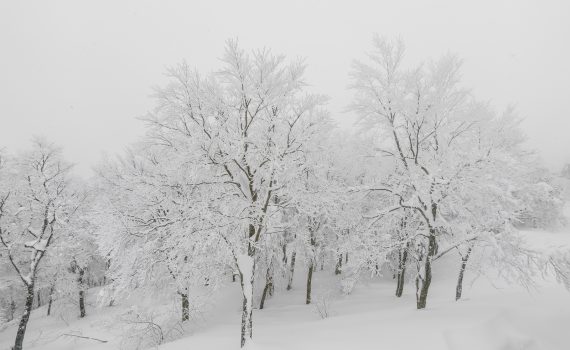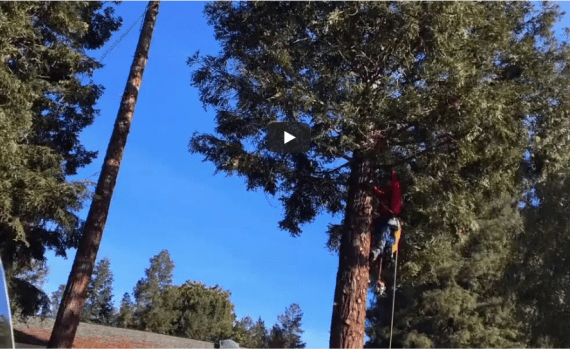Many of us either ignore our trees, do some self-tree care, or simply ask the gardener to do the tree service. Is this best way? Usually these are not the right approaches to ensuring your trees thrive. The following are some key things to ask you Tree Care Specialist:
-
Please give me your experience level
When speaking to tree care specialist, their experience level is critical. They may have seen many situations and been around various tree scenarios. Among their experiences should be becoming a certified arborist. Certified Arborists go through extensive testing to ensure they are familiar with the nuances of caring for trees. Sometimes the difference between a healthy tree and a sick one could be hard to identify differences in how it was pruned or cared for.
-
What things should I do regularly to care for my tree?
Whether it’s watering, pruning, or adding supplements, caring for a tree is very individualized. Each tree will be getting a set of nutrients from the soil, but it does have other needs. An oak tree will have different needs than a peach tree, and those will also vary according to terrain and climate. Each has to be cared for appropriately to ensure maximum health. Get specific recommendations about level of watering, sunlight, etc. A certified arborist has this knowledge to evaluate the tree and make quality recommendations.
-
What is your approach to pruning a tree and why?
As you are speaking with a tree care specialist, some will recommend some pruning or even tree removal. Always ask the essential question of “why?”. If they give you a very generic answer, it’s important to follow up and ask again for the basis of their recommendation. Hacking a tree shorter or removing it without a true need could permanently damage this living being.
Sexy Trees has a certified arborist with years of experience. We do offer tree evaluations. If you have questions about planting trees, feel free to reach out at Sexytrees.com.
 Bringing Sexy Back Into Your Yards
Bringing Sexy Back Into Your Yards 
